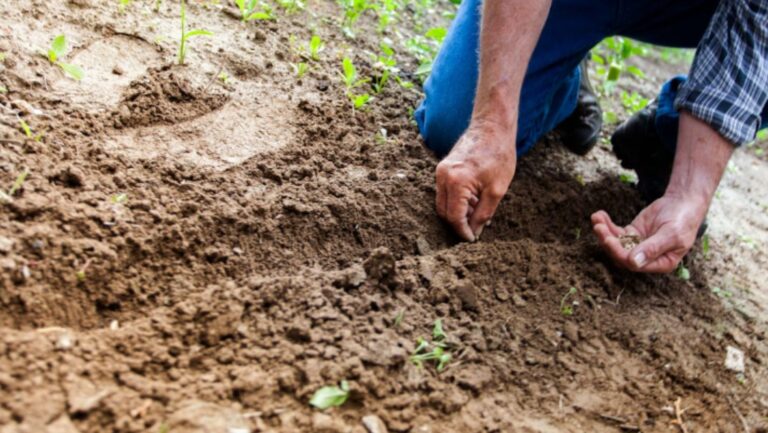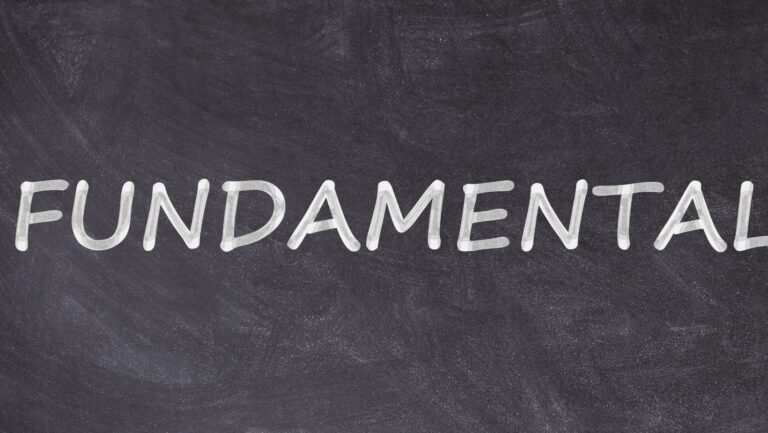Gardening is a fulfilling and sustainable way to connect with nature while beautifying your surroundings. As more people embrace eco-friendly practices, sustainable gardening has become increasingly popular. However, managing yard waste can be a significant challenge, mainly when it accumulates quickly during planting, pruning, and landscaping projects.
This is where understanding the importance of dumpster sizes comes into play. In this post, we will explore the benefits of sustainable gardening and provide practical tips on managing yard waste efficiently, ensuring your gardening efforts remain environmentally friendly.
The Importance of Sustainable Gardening
Sustainable gardening promotes environmental health, reduces waste, and conserves natural resources. This approach benefits the environment and creates a healthier and more resilient garden. By incorporating sustainable methods, gardeners can enhance soil fertility, conserve water, reduce the use of harmful chemicals, and support local wildlife.
One key aspect of sustainable gardening is proper yard waste management. Yard waste, including grass clippings, leaves, branches, and other organic materials, can quickly accumulate and become overwhelming. If not managed correctly, this waste can contribute to environmental pollution and create a breeding ground for pests and diseases. Therefore, finding effective ways to manage yard waste is crucial for maintaining a sustainable garden.
Efficient Yard Waste Management
Proper yard waste management begins with understanding the types of waste your garden produces and implementing strategies to minimize and recycle this waste. Here are some practical tips for managing yard waste sustainably:
- Composting: Composting is one of the most effective ways to recycle yard waste and create nutrient-rich soil for your garden. By composting organic materials such as leaves, grass clippings, and vegetable scraps, you can reduce the amount of waste sent to landfills and enrich your soil with valuable nutrients. Create a compost pile or use a compost bin, turning the materials regularly to speed up the decomposition process.
- Mulching: Mulching involves spreading organic materials, such as wood chips or shredded leaves, over the soil surface. This practice helps retain moisture, suppress weeds, and improve soil fertility. By using yard waste as mulch, you can reduce the need for chemical fertilizers and minimize waste. Additionally, mulching helps protect plant roots and regulate soil temperature, promoting healthier growth.
- Grasscycling: Instead of bagging grass clippings after mowing, leave them on the lawn to decompose naturally. This practice, known as grasscycling, allows the clippings to return nutrients to the soil, reducing the need for synthetic fertilizers. Grasscycling also saves time and effort, as there is no need to collect and dispose of clippings.
- Pruning and Trimming: Regular pruning and trimming are essential for maintaining a healthy garden, but they can generate significant yard waste. To manage this waste efficiently, consider using a chipper or shredder to break down branches and twigs into smaller pieces. These materials can then be used as mulch or added to the compost pile. Alternatively, you can bundle larger branches and set them out for municipal collection if available in your area.
- Hiring a Professional Service: Hiring a professional waste removal service can be a practical solution for large-scale gardening projects or extensive yard waste. Companies like Waste Removal USA offer various dumpster sizes to accommodate different volumes of yard waste. By choosing the right dumpster size, you can efficiently dispose of large amounts of organic material, ensuring your garden remains clean and sustainable.
Choosing the Right Dumpster Size
When managing yard waste, selecting the appropriate dumpster size is crucial. The right size will depend on the volume of waste you need to dispose of and the gardening project you are undertaking. Smaller dumpsters, such as 10-yard or 15-yard options, are ideal for minor landscaping projects, including pruning and small-scale cleanups. These dumpsters can easily handle branches, leaves, and grass clippings without taking up too much space.
For larger projects, such as significant garden renovations or tree removals, a 20-yard or 30-yard dumpster may be more suitable. These larger dumpsters can accommodate substantial yard waste, including large branches, soil, and other debris. Choosing the appropriate dumpster size can streamline the waste removal process, saving time and effort.
In addition to size, consider the type of materials you will be disposing of. Some yard waste, such as grass clippings and leaves, is lightweight and easily compacted. However, heavier materials like soil and branches may require a larger dumpster to ensure safe and efficient disposal. Consulting with a waste removal service can help determine the best dumpster size for your needs.
Conclusion
Sustainable gardening is a rewarding and environmentally responsible way to cultivate a beautiful and healthy garden. You can significantly reduce yard waste and promote soil health by incorporating practices such as composting, mulching, and grasscycling. Choosing the proper dumpster sizes for your gardening projects also ensures efficient waste management and keeps your garden clean and sustainable.






